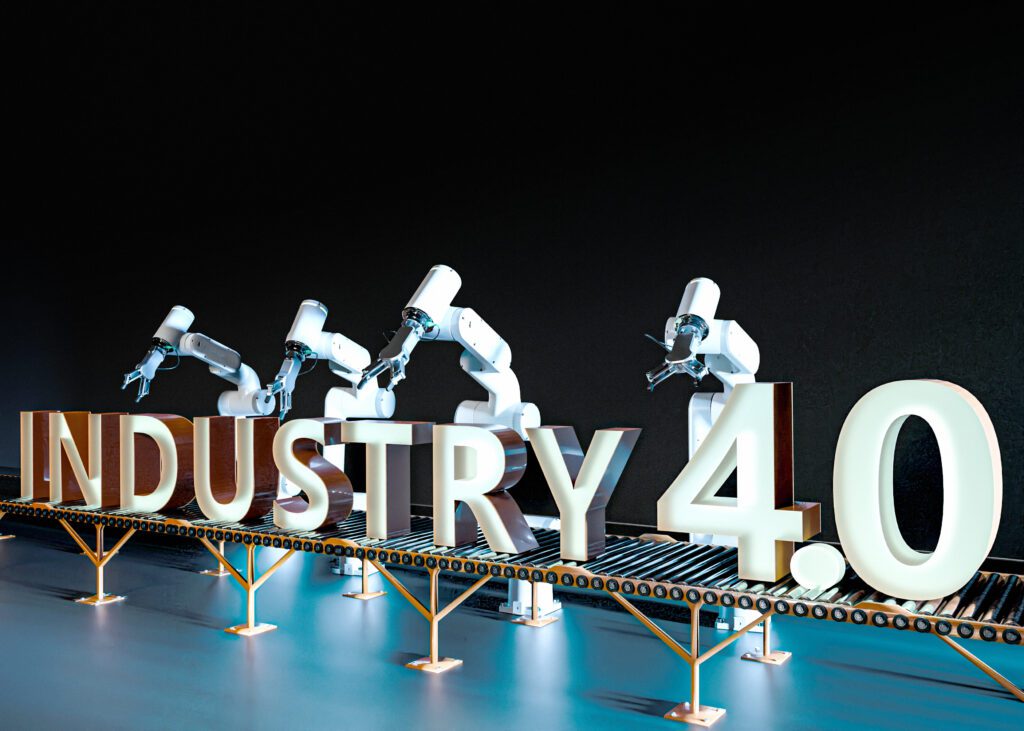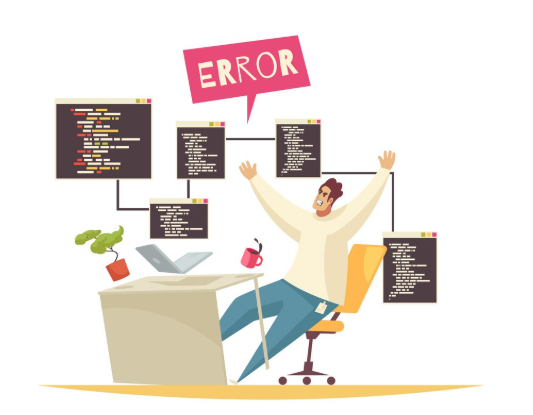Scaling SaaS with Automation Tools for Streamlined Growth and Efficiency

Scaling a SaaS business demands efficient handling of repetitive tasks and customer interactions. Automation tools play a crucial role by streamlining marketing, support, and billing processes, allowing teams to focus on growth rather than manual operations. The most effective way to scale SaaS is through automation tools that reduce workload, improve customer experience, and enable consistent […]
Building a Micro-SaaS in 48 Hours: A Step-by-Step Guide for Rapid Development

Building a Micro-SaaS in 48 hours is achievable by focusing on a clear idea, validating it quickly, and using modern tools that simplify development. Many developers leverage no-code or low-code platforms combined with AI to accelerate the process. The key is to prioritize testing demand before fully building the product, ensuring someone actually wants to pay […]
Common Mistakes in No-Code SaaS Development and How to Avoid Them

No-code platforms have made SaaS development more accessible, allowing founders to build products quickly without deep technical skills. However, skipping crucial planning steps or overlooking integration details can lead to costly mistakes that hinder growth and scalability. The most common mistakes in no-code SaaS development involve inadequate planning, poor user experience design, and failure to […]
Scalable SaaS Architecture for No-Code Platforms: Building Robust and Flexible Solutions

No-code platforms enable businesses to build SaaS applications quickly without deep technical expertise. However, scalability remains a critical challenge as demands grow. A scalable SaaS architecture for no-code platforms relies on modular design, cloud-based infrastructure, and integration of microservices to ensure performance and flexibility under increasing loads. By adopting best practices such as separating backend services, […]
No-Code vs Low-Code in 2025: Key Differences and Choosing the Right Platform

No-code and low-code platforms have become essential tools for businesses aiming to accelerate application development without heavy coding. While both reduce the reliance on traditional programming, they serve different needs based on user expertise and project complexity. In 2025, no-code platforms offer faster deployment and accessibility for non-technical users, whereas low-code platforms provide greater customization and […]
Vibe Coding Templates for AI Website Builders Enhancing Design Efficiency and Customization

Vibe coding templates simplify the process of building AI-powered websites by enabling users to create interactive, functional web apps without writing code. These templates provide a structured starting point that helps both beginners and experienced creators quickly design and launch sites using intuitive tools. They allow users to focus on their ideas and user experience rather […]
Designing Workflows with Conversational Prompts for Efficient Automation and User Engagement

Designing workflows with conversational prompts focuses on creating natural, efficient interactions between users and AI systems. It involves structuring dialogue that guides users through processes while allowing flexibility in responses. The key to effective conversational workflows lies in balancing clarity with adaptability, enabling smooth task completion without rigid scripting. This approach leverages both plain language queries […]
From Prompt to Product: Single-Line SaaS Creation for Rapid Deployment and Efficiency

Creating a SaaS product from a simple prompt is no longer a distant idea but a practical reality. Leveraging AI and no-code tools, individuals can translate an initial concept directly into a working software solution without writing any code. This approach dramatically lowers barriers, enabling faster development cycles and reducing the need for extensive technical skills. […]
Building AI Agents with Vibe Coding: A Practical Guide to Modern Development

Building AI agents has become more accessible with the rise of vibe coding, a method that uses natural language instructions instead of traditional programming. This approach allows developers to create, refine, and deploy AI agents faster by interacting with large language models that generate and evolve code based on user input. Vibe coding streamlines AI agent […]
Using AI to Automate Customer Onboarding for Enhanced Efficiency and Accuracy

Using AI to automate customer onboarding transforms a traditionally manual process into a streamlined, efficient experience. It handles repetitive tasks like sending welcome emails, assigning training, and collecting necessary information, allowing teams to focus on building relationships. AI enables personalized onboarding by analyzing user behavior and responding to actual customer needs, reducing friction and potential churn. […]
